The Future Belongs to Teams: What Organizations Must Learn
When she boarded the bus in Montgomery, Alabama, that afternoon, she was tired—not just from the day, but from the weight of a life lived under segregation. She walked to a seat near the window, sat down, and stared out at the city as it blurred past.
The bus filled quickly. The driver’s voice rang out, cutting through the murmurs and shuffle of passengers. He ordered the "negro" riders to move so the white passengers could sit. She stayed where she was, her hands still, her back straight. The driver didn’t wait long. He stopped the bus, stepped off, and moments later, two police officers boarded. They approached her with the kind of authority that didn’t need explaining. They pulled her from her seat, walked her down the aisle, and led her into the squad car waiting outside.
She sat in the back, upright and composed. Calm, but not defeated.
It was March 2, 1955. And her name was Claudette Colvin.
*
If you thought this story was about Rosa Parks, you wouldn’t be wrong. Her name has come to embody the quiet strength and defiance of refusing to yield a seat on a segregated bus. But this moment happened nine months earlier.
And between Claudette Colvin’s act of resistance and Rosa’s, there was Mary Louise Smith, who also refused to move and was arrested for it. These stories share striking similarities, but Rosa’s is the one etched into history. We imagine her bravery as singular, her resolve as something summoned in an instant, fully formed and extraordinary.
But Rosa’s courage wasn’t sudden or solitary. It was the result of preparation. She, like Claudette and Mary Louise, attended workshops at the Highlander Folk School, where activists practiced how to endure insults, intimidation, and even arrest without breaking. These weren’t isolated acts of heroism—they were deliberate, supported by a movement that believed in the power of collective action.
Organizations like the NAACP, the Fellowship of Reconciliation, and CORE didn’t leave these moments to chance. They built the infrastructure, trained the people, and created the conditions that turned individual bravery into a movement capable of change.
*
Today, we still love the idea of the lone hero. We want to believe in the genius, the visionary, the standout performer who does it all alone. But that’s not how progress works, not really. It didn’t work that way on a Montgomery bus in 1955, and it doesn’t work that way in organizations today.
The Threat to Teamwork
The idea of the collective—the team—feels under attack. Social media tells us we don’t need anyone else to succeed. Platforms like TikTok, Instagram, and YouTube celebrate the individual, the personal brand. It’s all about the self-made story. Collaboration feels outdated, even unnecessary.
But that narrative is wrong. Technology might replace individual expertise—it can replicate precision, generate ideas, and even mimic human expression. But it can’t replicate what happens when people come together: the creativity, the adaptability, the diversity of thought. Those are the things that make teams powerful. And organizations that fail to understand this will fall behind.
The New Reality for Organizations
For years, we’ve celebrated high performers—the rainmakers, the standout salespeople, the innovators. And while their contributions matter, the reality is this: without strong teams, organizations fail.
The Myth of Individual Genius
No one is irreplaceable. Knowledge and skills are accessible now in ways they’ve never been before. What matters isn’t the genius of one person but the combined effort of many.
The Risk of Over-Reliance
When organizations depend on a few key people, they become fragile. High performers burn out. They leave. And when they do, what’s left? Without a team, the system collapses.
The Power of Teams
Teams bring together different ideas, experiences, and perspectives. They solve complex problems, adapt to change, and innovate in ways individuals can’t.
*
What We Can Learn
The story of Claudette Colvin, Mary Louise Smith, and Rosa Parks reveals a fundamental truth: transformative change doesn’t happen in isolation. We often imagine Rosa Parks’ defiance as a spontaneous act of personal bravery, but her impact—and the impact of Claudette and Mary Louise—was made possible by the careful planning and collective efforts of those who worked behind the scenes. Organizations like the NAACP, the Fellowship of Reconciliation, and CORE built the infrastructure, provided the training, and fostered the networks that turned individual acts into lasting change.
This contrasts sharply with the myth many organizations still cling to—that individual talent or genius drives success. The truth is, extraordinary outcomes are the product of collective preparation, shared purpose, and intentional collaboration. The old model of surface-level teamwork and occasional engagement is no longer enough. Organizations today face unprecedented forces pulling people away from the collective—social media’s glorification of individualism, shifting work preferences, and the illusion of self-made success.
As the era of “Too Big to Fail” fades, many organizations risk becoming “Too Small to Succeed.” The complexities of the future—economic disruption, technological transformation, and global challenges—will overwhelm those who rely solely on individual contributors. Teams that are deeply connected, well-prepared, and purpose-driven will define the next chapter of success.
The question is not whether your organization values teamwork—it’s whether you are actively building the structures to support it. Are you creating systems where collaboration thrives? Are you recognizing and rewarding collective success with the same enthusiasm as individual achievements?
What worked for the Civil Rights Movement works for organizations today: success depends on the strength of many. Those who embrace collaboration, invest in their teams, and prioritize shared goals will not only endure but lead the way forward. The future belongs to the collective.
If you are interested in a guide to building collaborative teams, you can download it here:
www.jameskane.com/s/Collective.pdf
